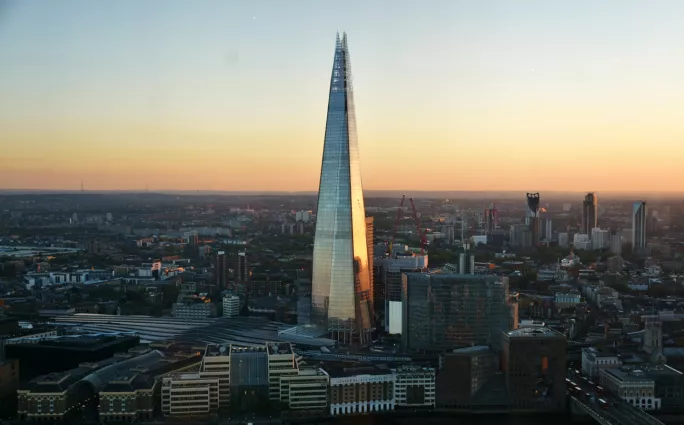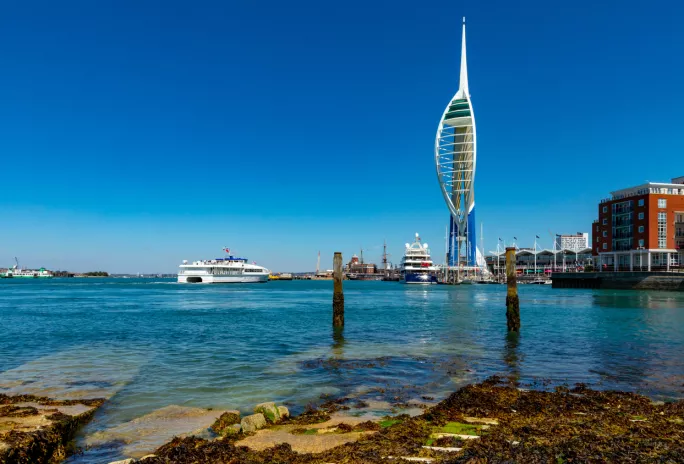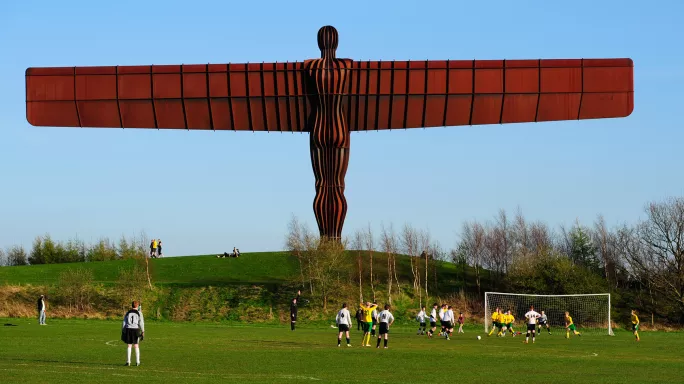- Home
- Five ways we could rebuild KS3
Five ways we could rebuild KS3

Ofsted has made it clear that key stage 3 should no longer be colonised by GCSE specifications in Year 9. Nor should the content and delivery be pegged to GCSE-style assessment from Year 7.
Liberated from the apparatus of over-testing, this often-neglected key stage is ripe for curriculum renovation.
Iris Murdoch famously wrote (in The Sublime and the Beautiful Revisited) that “a novel must be a house fit for free characters to live in”. This seems a most apt metaphor to extend to the KS3 that is to house our students in this new inspection era, and as good excuse as any to consider the architecture of the curriculum more creatively. And what better way to explore our intentions and aspirations than via five iconic structures?
Architectural inspiration for KS3
The Burj Khalifa

Currently, the curriculum and the aspirations that configure KS3 seem to resemble the Burj Khalifa, the tallest tower in the world, which opened in Dubai in 2010. Gleaming silver in the desert sunlight and gloriously lit at night, it’s a shiny landmark.
Our current notions of progress resemble the aspirations of the Burj Khalifa’s architects: they are all about building learning towers ever upwards. Interestingly, the disadvantage of the “tall spindly design” is that floor space is limited: according to the Council on Tall Buildings and Urban Habitat, 29 per cent of it is “unoccupiable”. It’s not difficult to see direct implications for the shape of the KS3 curriculum. The top of the learning tower is also constricting: the view may be great and profitable, but there’s not much wriggle room.
The Shard

Similar in shape is The Shard in London, a building of challenging aesthetics, but impractical for educational purposes. It’s distinctive - tall, with a wide base - but the fragmentation (deliberately constructed by architects) represents some of the fragmentation that is now afflicting our curricular thinking. Do the brittle fragments crowning the tower represent the fragmented nature - knowledge-rich? knowledge-engaged? or skills-led? - of the curriculum debate? As teachers know, that interaction between the skills and knowledge is essential. A much more cohesive and coherent shape is needed.
The Spinnaker Tower

Originally intended to be named the Millennium Tower, Portsmouth’s icon of the sky takes its name from the large, three-cornered sail, which balloons with the wind behind it and accelerates the racing yacht.
It’s very tempting to think in terms solely of speed and distance covered in curriculum design, as well as in ocean racing - but the Spinnaker as an image has more potential because of the sideways expansion of its shape, allowing for linking of activities and thinking across subjects.
Shouldn’t KS3 be a time of broader and more creative possibility before learning is once more anchored in the GCSE examinations? Wouldn’t the creative potential for more varied models of learning and assessment be an excellent starting point for the multi-faceted experience of higher education, where degrees are no longer exclusively assessed by written examinations?
The Angel of the North

This iconic landmark, just outside Newcastle, seems a wonderful shape for those who wish to construct the wider curriculum. The outstretched arms embrace a wealth of possibility and suggest that all subjects studied have equivalence.
The sculptor, Antony Gormley, has said that “a sculpture is an evolving thing”, and describes one of The Angel’s functions as being “to grasp hold of the future, expressing our transition from the industrial to the information age” - pertinent, surely, to the IT mission of schools.
Its more spiritual aspect, according to Gormley, is “to be a focus for our hopes and fears” - a reference to the pastoral curriculum and its place in the whole model. This structure seems so counter-intuitive since its wide wings would surely make it vulnerable to stormy weather, but it has been built to withstand the elements. Perhaps the resilience of this structure is as much an attraction as any other.
The Tardis

And for the blue-skies, out-of-the-box thinkers, there is always the fantasy option. The chief value of this unassuming-looking sci-fi icon is that it operates in many dimensions. All too often the curriculum has been a path to examination results narrowly focused in one direction - a direct consequence of the accountability framework’s focus on results.
But now the curriculum is perceived as more than just a teaching and learning programme. And, indeed, there is no one, single curriculum. The hardest thing for schools to acknowledge and balance is the co-existence of the pastoral and co-curricula, not to mention the hidden curriculum and the national curriculum - even, nowadays, the super-curriculum. Do these operate alongside the main flow, in tandem with it? Or do they conflict with and disrupt it?
While a curriculum model resembling a jigsaw, with pieces interlocking neatly, might seem more desirable, the overwhelming advantage of the Tardis model is that it allows for movement through time and space, a chance to revisit the past and look into the future.
A building site

What these buildings all have in common is that they have arrived at the final stages of completion. To those of us travelling into London on the Waterloo line, London is a mass of cranes extending their arms across the skyline. The city is constantly rebuilding and reinventing itself. Sadly, this is also the ongoing state of the curriculum as school leaders re-evaluate, redesign and reconstruct in relation to changes in their own ideology and new research, or every time change blows in from government policy, translated into the remits of Ofqual or Ofsted.
Yvonne Williams is head of English and drama in a school in the south of England
Keep reading for just £1 per month
You've reached your limit of free articles this month. Subscribe for £1 per month for three months and get:
- Unlimited access to all Tes magazine content
- Exclusive subscriber-only stories
- Award-winning email newsletters



